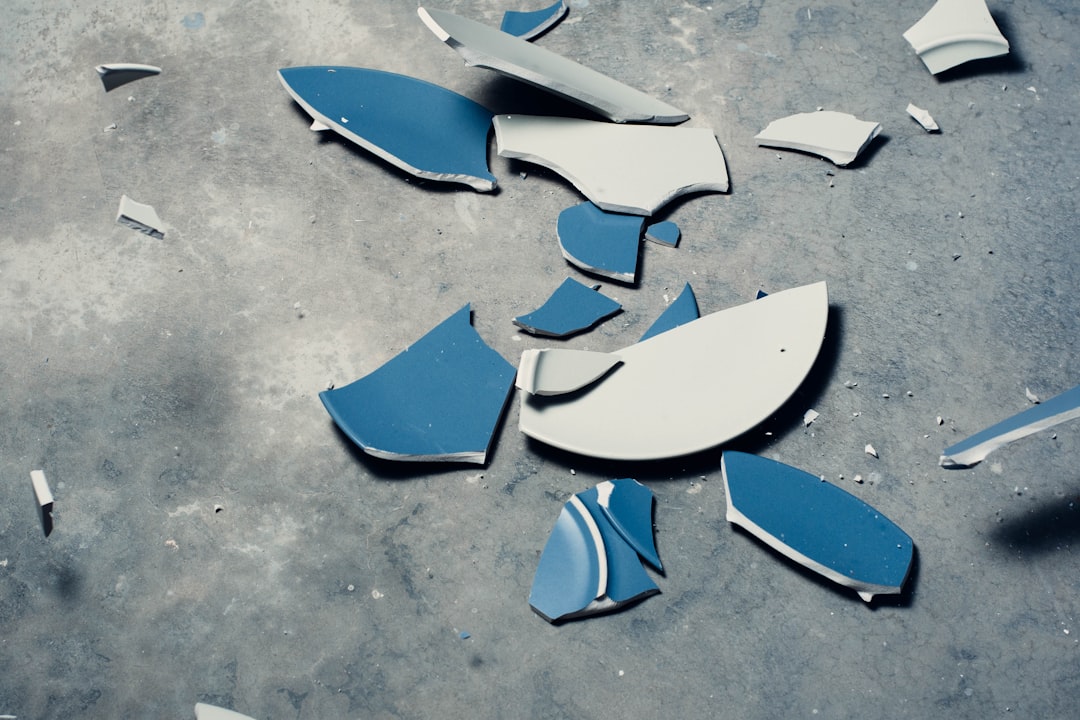What is it about?
This is a paper about how to run a laboratory that is used for conservation in a more sustainable (or green) way. Many of the lessons would apply well beyond a conservation laboratory. In order to structure our targets we built a set of Benchmarks of practice that help people to escalate from basic to best practice. We identify simple steps and strategic targets that you can use to measure your current practice and set targets to improve.
Featured Image

Photo by Roberto Canedo on Unsplash
Why is it important?
If we accept that it is human activity that is accelerating climate change then we accept that every human has a part to play in changing that. As conservators, we spend our lives trying to save the world’s heritage by our interventions. What is the point of saving things for the short term if the cost is that our resource intensive practice shortens the timescale to catastrophic changes such as floods that are caused by shifts in our climate?
Perspectives
It all started in a waste bin. Megan de Silva my co-author and I were discussing how to be more green and Megan (mainly) sorted the waste that we were disposing of from our waste bins. About half of it was used gloves and a lot of the rest 'blue roll' used to dry our hands and wipe surfaces. We decided that we could do better, create less waste to landfill, reduce our consumption and reuse more scraps. The paper reflects our structured thinking on the topic but the practical outcome has been a decade long campaign to run a more sustainable conservation laboratory in Cardiff University.
Professor Jane Henderson
Cardiff University
Read the Original
This page is a summary of: Sustainability in conservation practice, Journal of the Institute of Conservation, March 2011, Taylor & Francis,
DOI: 10.1080/19455224.2011.566013.
You can read the full text:
Contributors
The following have contributed to this page










